The Phoenix Suns pulled off a seismic draft capital shuffle on Tuesday, October 28, 2025, acquiring three future first-round picks from the Utah Jazz in exchange for their unprotected 2031 selection — a move that reshapes both franchises’ long-term futures. The deal, confirmed by ESPN’s Adrian Wojnarowski and Shams Charania, gives the Suns the least favorable of the Cleveland Cavaliers, Minnesota Timberwolves, and Utah Jazz picks in 2025, 2027, and 2029. In one stroke, Phoenix turned a single distant asset into three immediate levers for roster overhaul — all while quietly positioning themselves to pounce on stars like Jamie Butler, who had publicly requested a trade from the Miami Heat earlier that October.
The Draft Capital Avalanche
The Suns didn’t just trade picks — they dismantled their future. Their lone tradable first-rounder in 2031, once seen as a potential anchor for a max-salary star, is now gone. In return, they get three conditional picks that, while less valuable, offer more immediate flexibility. For the 2025 draft, they’re likely to receive the Cleveland Cavaliers’ selection, which currently sits outside the top 10. The 2027 and 2029 picks are even more uncertain — protected by performance thresholds and swap conditions that could render them useless if Phoenix’s roster improves faster than expected.Meanwhile, the Utah Jazz — long seen as a rebuilding project — now hold 11 first-round picks across the next seven years. That’s more than most franchises have in a decade. It’s the direct result of years of trading away stars: Rudy Gobert in 2022, Donovan Mitchell in 2022, and now this 2031 pick from Phoenix. The Jazz are playing a long game, stacking picks like poker chips in a high-stakes tournament they intend to win years from now.
Kevin Durant: The Trade That Never Was
This pick swap didn’t happen in a vacuum. For months, the Suns had been aggressively shopping Kevin Durant, the 15-time All-Star who turned 36 in September 2025. As Marc Stein of The New York Times reported in June, Phoenix wanted a top-5 pick in return — specifically targeting the No. 2 overall selection from the San Antonio Spurs or rookie phenom Stephon Castle. But teams balked. Why trade elite future assets for a player who might only have one or two more All-NBA seasons left?The Houston Rockets, who already controlled Phoenix’s 2025, 2027, and possibly 2029 picks through a prior swap, were the most logical partner. But as Brian Windhorst noted in June, Houston was betting Phoenix would lower their demands. They weren’t wrong. By October, Durant remained in Phoenix — and the Suns pivoted. Instead of chasing a superstar for their current core, they decided to rebuild around the future.
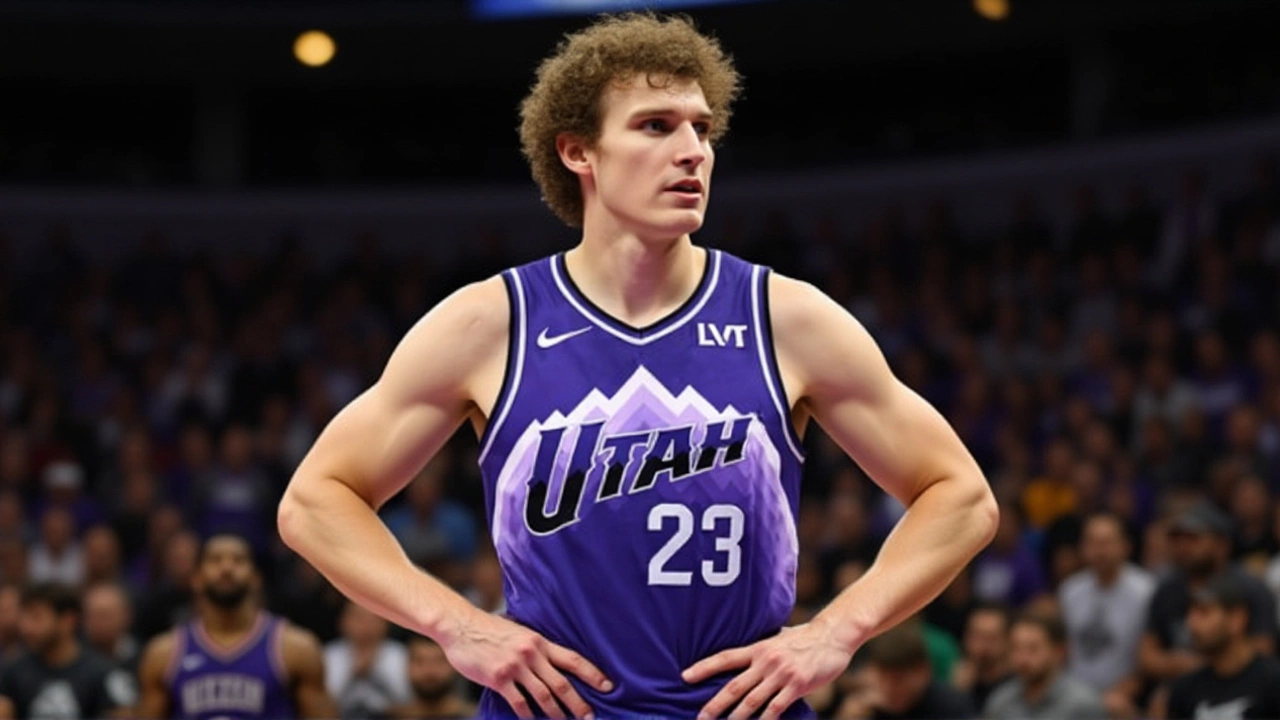
Why the Jazz Are Betting on Lauri Markkanen
There’s a quiet subplot here: Lauri Markkanen. The Jazz’s 27-year-old power forward, a lethal shooter and efficient scorer, has emerged as their most valuable asset. On October 27, 2025, when the Suns visited the Vivint Arena in Salt Lake City, fan forums buzzed with speculation. A top commenter on JazzFanZ.com, identified as NUMBERICA, wrote: "The Jazz have to have a bottom-4 record to assure keeping their pick. They don’t have a lot of time to mess around... If Ace starts to develop and the Jazz add another stud in this upcoming draft, then Lauri fits nicely as a floor spacer and play finisher."That’s the blueprint. The Jazz may be willing to trade Markkanen — but only if they land a top-5 pick in 2025 or 2027. The Suns, now holding three future picks, could be the perfect suitor. They need a star who can play alongside a young point guard and stretch the floor. Markkanen fits perfectly — and he’s under contract through 2027. If Utah misses the bottom-four spot in the draft lottery, Phoenix might be the only team with enough assets to swing a deal.
The Bigger Picture: A New NBA Era
This isn’t just about two teams swapping picks. It’s about the evolution of NBA strategy. Teams are no longer trading for stars just to win now. They’re trading for the *chance* to build something better later. The Utah Jazz are the ultimate example: a franchise that’s turned its roster into a draft lottery engine. The Phoenix Suns, once known for their high-octane offense and aging stars, are now playing the long game — betting that their front office’s patience will pay off in 2028 or 2029.The 2025 draft itself, held at Barclays Center in Brooklyn, was a sign of things to come. The Dallas Mavericks — with just a 1.8% chance — won the No. 1 pick and selected Cooper Flagg. Teams aren’t just drafting talent anymore; they’re drafting futures. And the Suns, with their new three-pick arsenal, are now among the most dangerous teams in the league when it comes to long-term planning.
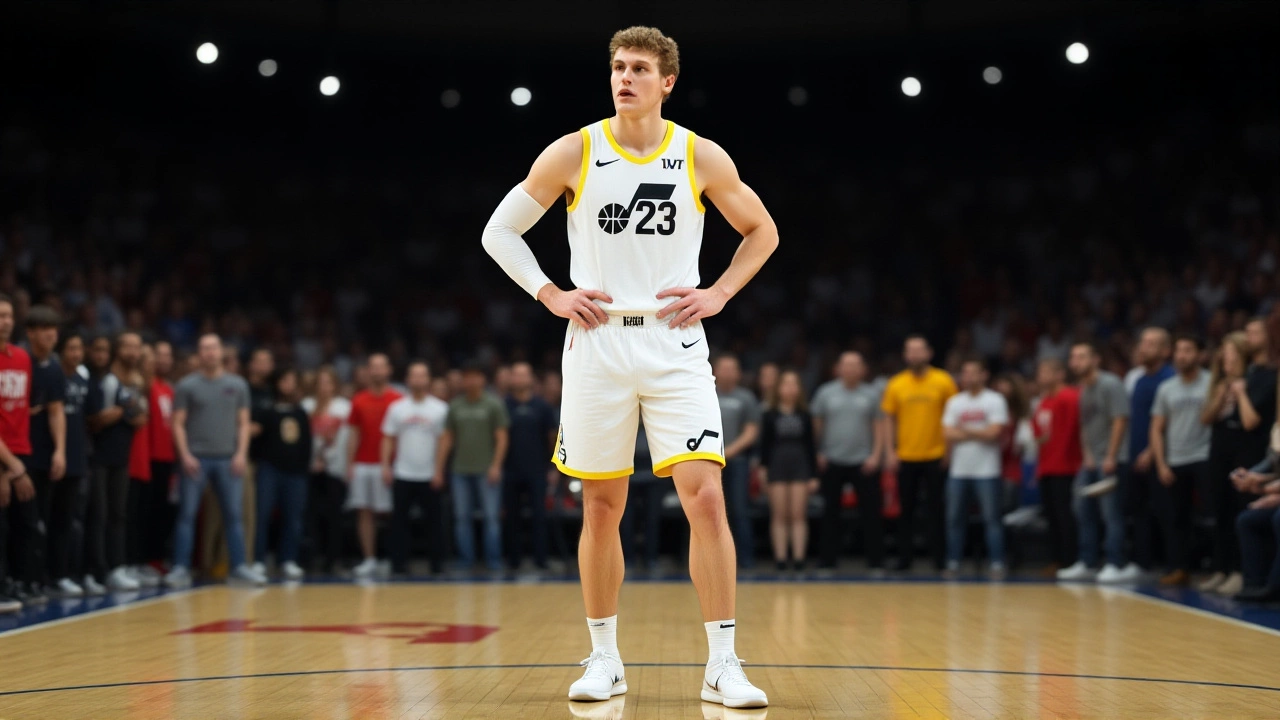
What’s Next?
The next 48 hours could be pivotal. With the 2025 draft behind them, the Suns are now focused on the 2026-27 season. Will they target Jimmy Butler? Or will they pivot to a younger core, using their 2027 pick to draft a franchise cornerstone? Meanwhile, the Jazz must decide whether to tank for a top-4 finish — a risky move with a veteran roster — or push for the playoffs and lose their 2025 pick entirely.One thing’s clear: the NBA’s balance of power is shifting. The teams with the most draft capital aren’t just rebuilding — they’re redefining what it means to be competitive.
Frequently Asked Questions
How did the Suns end up with three future first-round picks?
The Suns traded their unprotected 2031 first-round pick to the Utah Jazz in exchange for the least favorable of the Jazz’s, Cavaliers’, and Timberwolves’ picks in 2025, 2027, and 2029. This was part of a broader strategy to replace one distant asset with three more immediate, flexible options — allowing them to pursue stars like Jimmy Butler or trade for Lauri Markkanen without needing to give up core players.
Why didn’t the Suns trade Kevin Durant for a top pick?
Despite wanting a top-5 pick, teams like the Spurs, Rockets, and Heat refused to meet Phoenix’s asking price for a 36-year-old star with declining defensive mobility. The Rockets, who already controlled Phoenix’s 2025 pick, were particularly hesitant — betting Durant’s value would drop. When no deal materialized by June 2025, the Suns shifted focus to accumulating draft capital instead.
What does this mean for Lauri Markkanen’s future?
Markkanen is now the Jazz’s most tradeable asset. If Utah fails to finish in the bottom four of the draft lottery in 2025, they’ll lose their pick — making Markkanen even more valuable as a trade chip. The Suns, with three future picks and cap flexibility, are a logical landing spot. He’d fit perfectly as a floor-spacing forward alongside a young point guard and a rising star.
How many first-round picks do the Jazz now control?
The Jazz now hold 11 first-round picks between 2025 and 2031, including the Suns’ 2031 pick, their own picks from the Gobert and Mitchell trades, and conditional swaps with Atlanta and San Antonio. This unprecedented haul gives them the flexibility to trade for a franchise player or stockpile assets for future rebuilds.
Why did the Suns choose to trade the 2031 pick instead of holding onto it?
The 2031 pick was too far out to be useful in immediate trades. By converting it into three picks over the next five years, the Suns gained leverage to act in 2026, 2027, or 2029 — years when stars like Butler or Markkanen might still be in their prime. It’s a smarter, more aggressive approach than waiting for a distant asset to mature.
Is this a sign the Suns are rebuilding?
Not exactly. They’re not tanking — they’re retooling. With Durant still on the roster and young talent like Jalen Suggs emerging, the Suns are positioning themselves to make a serious run in 2027-28. This isn’t a reset; it’s a recalibration. They’re betting that draft capital, not aging stars, will be their path back to contention.
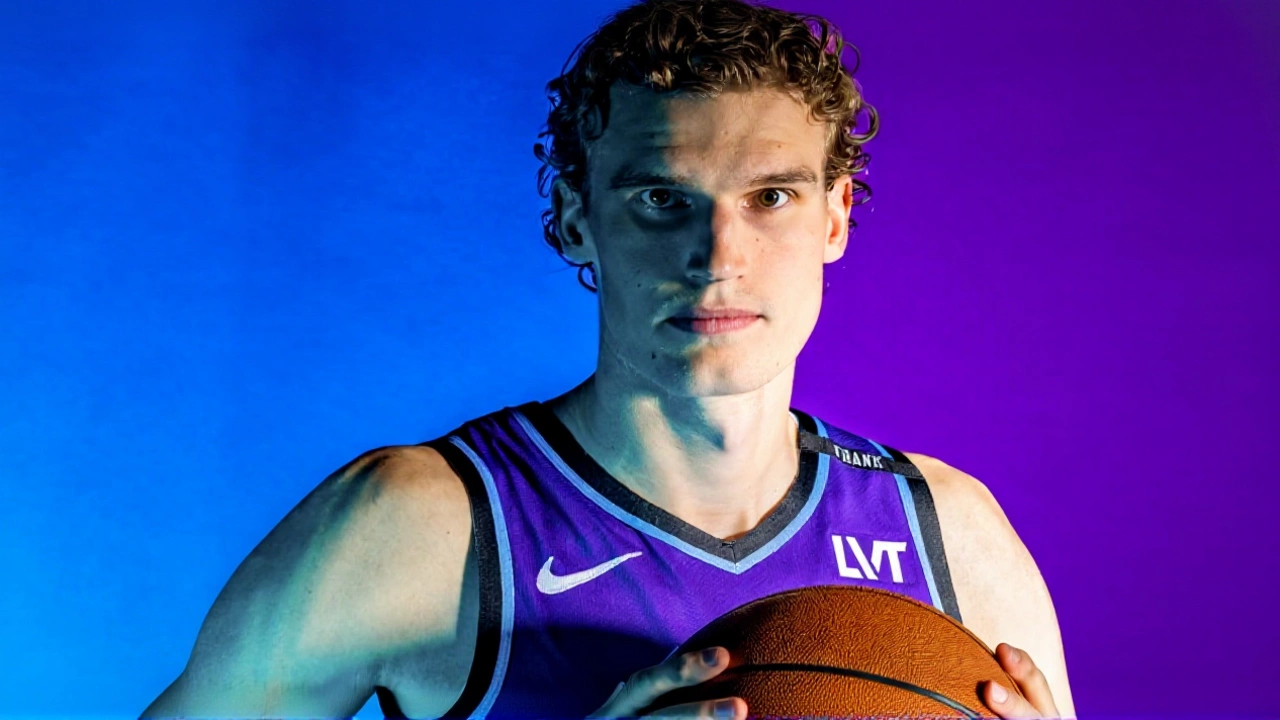
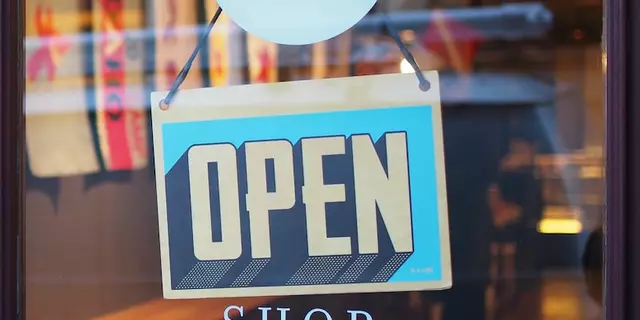
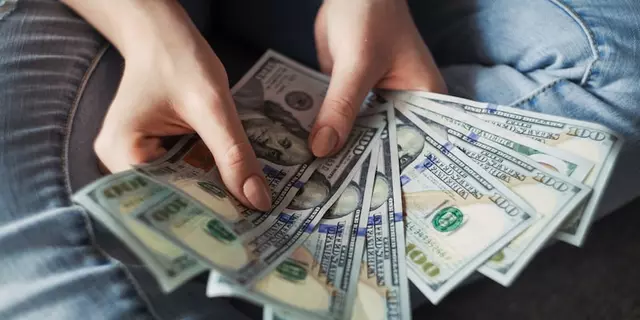
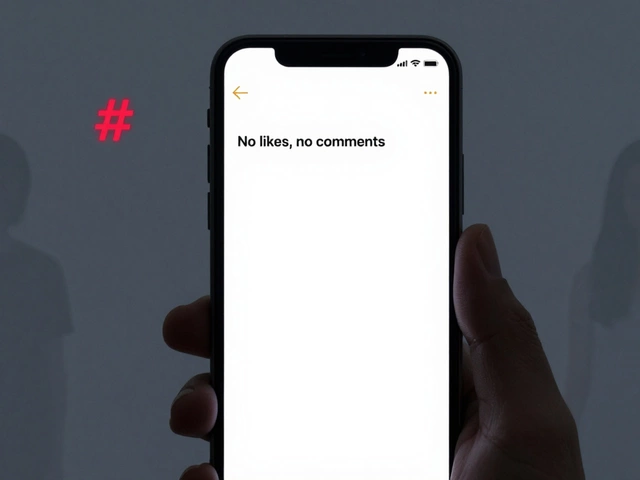
Write a comment